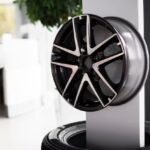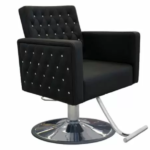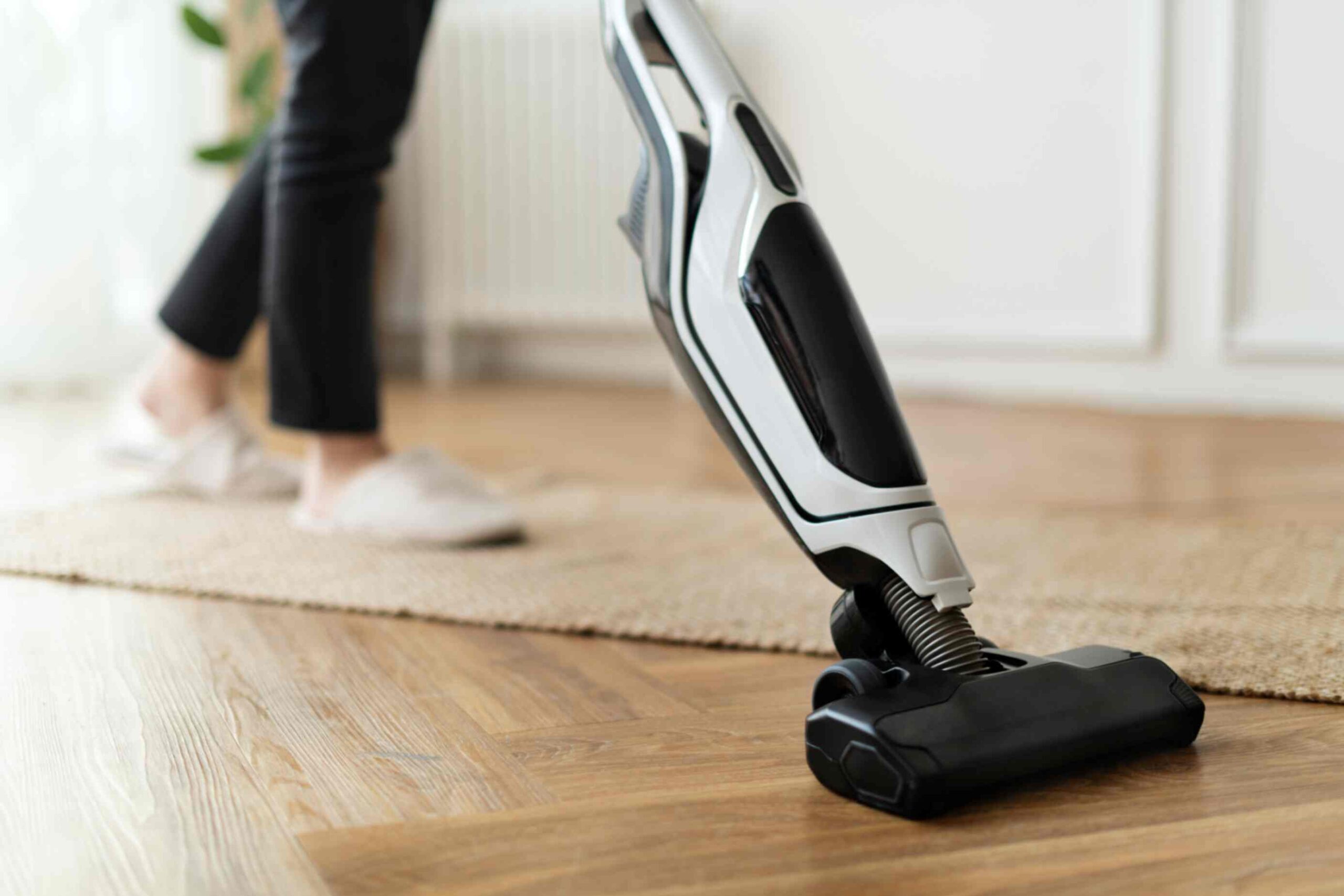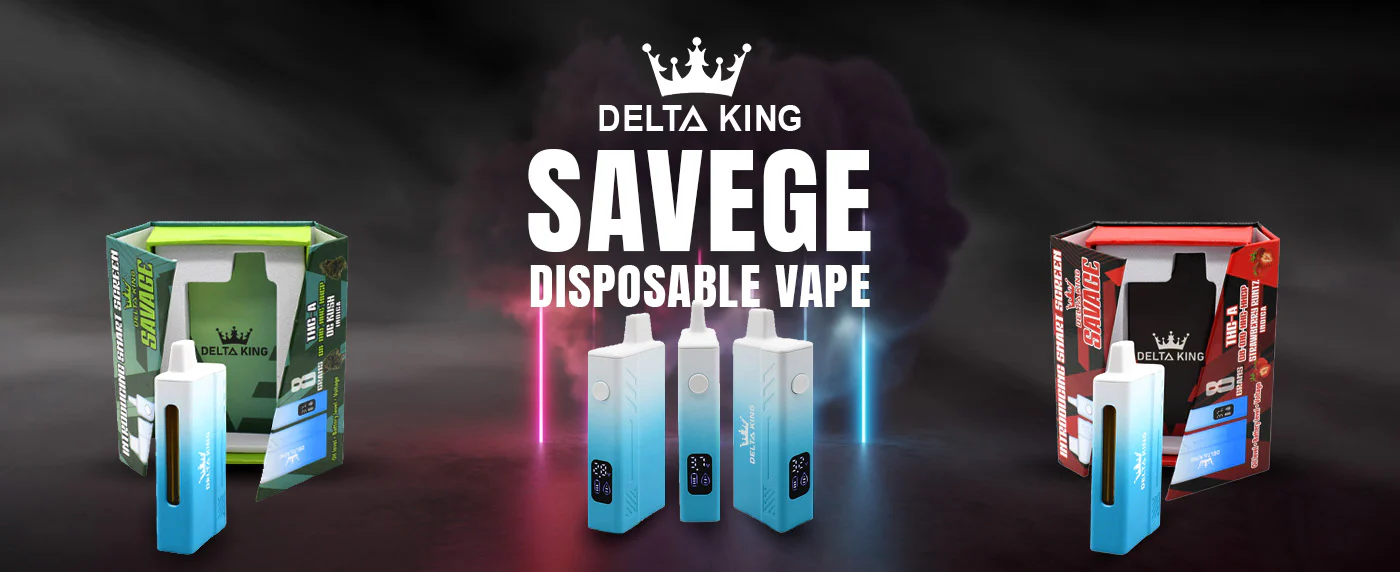Cleaning large facilities requires specialized equipment to ensure efficiency, cleanliness, and safety. Whether you’re managing a warehouse, an office building, a hospital, or an industrial site, the right cleaning equipment is essential for maintaining high standards. The choice of cleaning equipment depends on several factors such as the type of facility, the size of the space, the nature of the debris, and the available budget. Among the most versatile options for large facilities is the wet and dry vacuum cleaner, a key piece of equipment capable of handling a range of cleaning tasks. In this guide, we’ll explore the essential considerations for selecting the right cleaning equipment for large facilities.
Assess the Size and Layout of the Facility
Before purchasing any cleaning equipment, it’s important to assess the size and layout of the facility. Large facilities often feature expansive areas that require equipment capable of covering wide spaces efficiently. A floor cleaning machine designed for commercial and industrial use will be better suited for these areas than standard household models.
For large open spaces such as warehouses or halls, you may need a ride-on or walk-behind floor cleaning machine. These models are designed for maximum efficiency in covering large areas quickly. Ride-on models are ideal for facilities where operators can move around comfortably and cover wide expanses without physically tiring.
For more compact spaces or areas with intricate layouts, such as offices or retail environments, you might want to consider smaller, more maneuverable options like backpack vacuums or handheld floor cleaning machines. These are perfect for reaching tight corners and smaller spaces that larger machines might miss.
Consider the Types of Floors
Different types of floors require different cleaning methods. Before selecting any cleaning equipment, assess the surface materials throughout the facility. A wet and dry vacuum cleaner is incredibly versatile, as it can be used on a wide range of surfaces, including carpets, hardwood floors, tiles, and concrete. However, some machines are better suited for specific surfaces, so it’s important to match the equipment to your needs.
For example, if you have hard floors like concrete or tile, a scrubber dryer might be more effective for deep cleaning. These machines scrub the floor while simultaneously vacuuming up the dirty water. For carpeted areas, a vacuum cleaner or a specialized carpet cleaning machine would be more appropriate. If your facility has a mix of surfaces, a floor cleaning machine capable of adapting to multiple surfaces is the best option to ensure all areas are properly cleaned.
Think About the Type of Debris
The type of debris you need to clean plays a critical role in determining which cleaning equipment is best suited for the job. In large facilities, debris can vary from dust and dirt to more specialized messes like liquid spills, oil, or industrial waste. For example, a wet and dry vacuum cleaner is especially useful for handling both wet and dry debris. Whether you are cleaning up spilled water in an office or oil and grease in an industrial setting, these machines offer flexibility and efficiency.
Consider the types of messes that occur most frequently in your facility. In a warehouse, you may deal with dust, cardboard, and small debris, making a powerful vacuum or floor scrubber the best choice. In factories or kitchens, where spills are common, a machine that can handle liquids and dry debris is a must. A wet and dry vacuum cleaner will handle these situations with ease, reducing the risk of accidents and ensuring a thorough clean.
Evaluate Cleaning Frequency and Usage
The frequency of cleaning is another important factor to consider when selecting cleaning equipment for large facilities. If your facility requires daily cleaning, you need durable, heavy-duty equipment that can withstand frequent use. Industrial-grade floor cleaning machines and wet and dry vacuum cleaners are designed for constant operation without compromising performance.
On the other hand, if cleaning only needs to be done on a weekly or bi-weekly basis, you may opt for a less robust machine. However, even in these cases, choosing a reliable and durable machine is important for maintaining the cleanliness of large spaces.
Consider the long-term costs associated with frequent use of cleaning equipment. Higher-end models might have a larger upfront cost but will save money in the long run by requiring fewer repairs and offering better efficiency. The maintenance costs and the lifespan of the machine should also be factored into the decision-making process.
Focus on Ease of Use and Ergonomics
Cleaning large facilities can be physically demanding, and the equipment should be easy to use to reduce operator fatigue. Machines with ergonomic handles, adjustable features, and easy maneuverability can make a significant difference in ensuring that cleaning tasks are carried out effectively without straining the user.
For instance, ride-on floor cleaning machine are designed for ease of use, allowing operators to sit comfortably while cleaning large areas. They can also be equipped with additional features such as water and detergent tanks for more efficient floor cleaning. If operators will need to walk behind the machine, ensure that it is lightweight and maneuverable, making it easier to clean tight spaces and navigate corners.
When selecting a wet and dry vacuum cleaner, look for a model with adjustable suction power and a lightweight design. This ensures that the machine can be easily handled by operators of all sizes and can be used for both delicate and heavy-duty cleaning tasks.
Review Budget and Long-Term Investment
While it may be tempting to choose the cheapest cleaning equipment, it’s essential to view the purchase as a long-term investment. High-quality machines tend to have higher initial costs, but their durability and efficiency over time will save you money. The ongoing costs for maintenance and repairs should also be considered.
Investing in top-tier cleaning equipment, such as industrial wet and dry vacuum cleaners, might have a higher upfront cost but will likely offer superior performance and longevity. Make sure to choose machines from reputable manufacturers known for their reliability and customer service. For facilities with high foot traffic or heavy usage, a more durable model will be more cost-effective in the long run.
Think About Maintenance and Support
After purchasing the cleaning equipment, regular maintenance is crucial to keep the machines running smoothly. When choosing cleaning equipment for large facilities, make sure to select models that are easy to maintain, with readily available replacement parts and customer support.
For example, many wet and dry vacuum cleaners come with detachable tanks and filters, making them easier to clean and maintain. Regular maintenance helps extend the life of the equipment and ensures that it operates at peak efficiency. Be sure to understand the maintenance requirements of each machine, and consider purchasing from manufacturers that offer warranties and reliable after-sales service.
Conclusion
Choosing the right cleaning equipment for large facilities involves careful consideration of various factors, including the facility size, floor types, debris types, cleaning frequency, ease of use, budget, and maintenance requirements. A wet and dry vacuum cleaner is one of the most versatile and valuable tools, especially for handling different types of debris and surfaces. By evaluating all these factors and investing in high-quality equipment, you can ensure that your facility remains clean, safe, and efficient, improving the overall working environment for employees and visitors alike.










